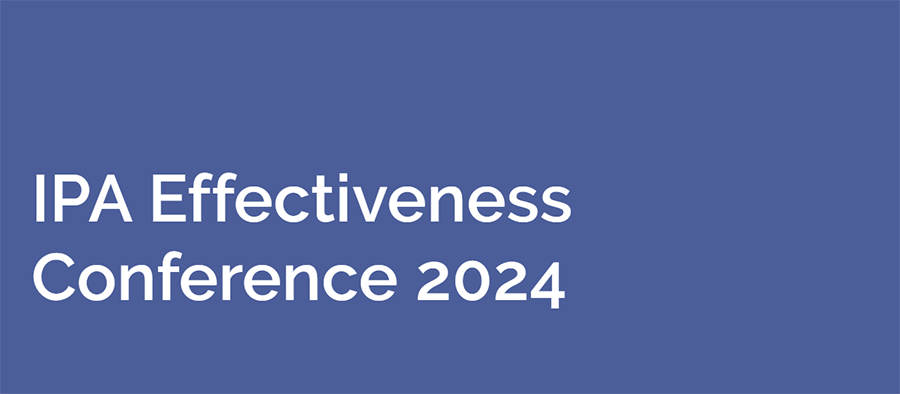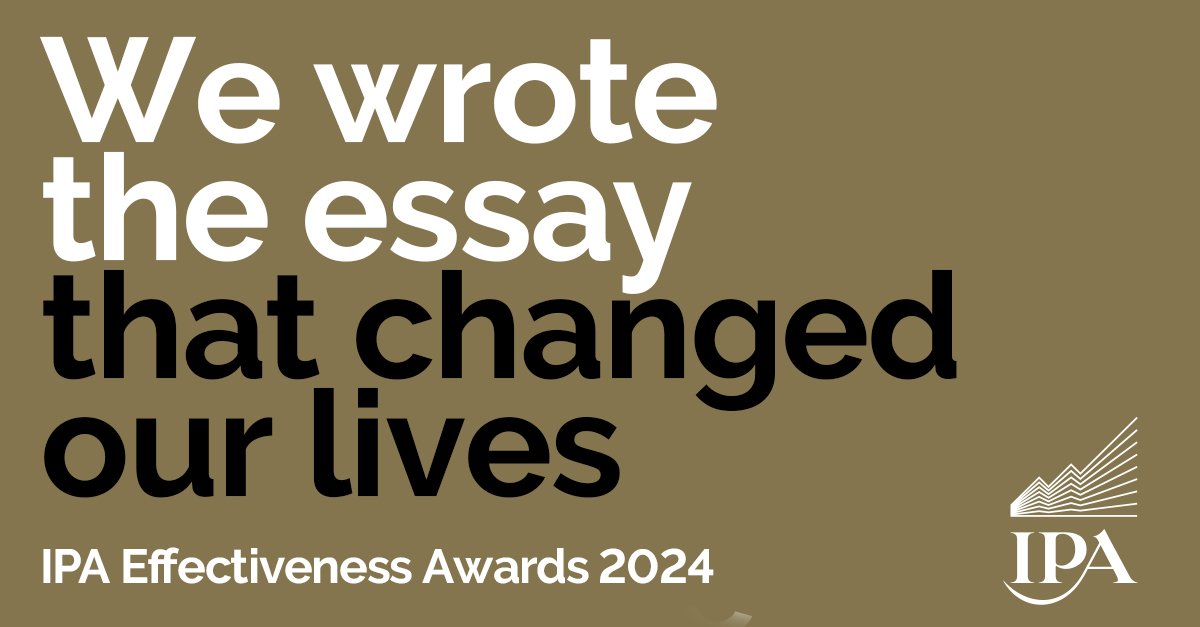In the rapidly evolving landscape of artificial intelligence (AI), two prominent contenders have surfaced: OpenAI’s ChatGPT and Google’s Bard. These AI chatbots have transformed our interaction with technology, but which one’s best?
There’s only one way to find out…
What are ChatGPT and Bard?
ChatGPT, a brainchild of OpenAI, is a language model renowned for generating text that mirrors human conversation. Although its knowledge was capped in September 2021, it remains a potent tool, particularly with the potential to enhance its functionalities via plugins. Google’s Bard, launched in May 2023, leverages real-time internet access and location-based services. With training on a vast dataset from Wikipedia, GitHub, Google Search results, and more, Bard offers a dynamic approach, staying updated with current events and trends.
The Bard edge
Google’s Bard excels with its unique capabilities. Its real-time internet access ensures its knowledge remains current and relevant, unlike ChatGPT, which is dependent on pre-existing data. Bard’s location-based results are a blessing for trip planning or local queries, offering customised information based on your geographical context. It also enhances user interaction by incorporating images into its responses, providing a richer, more engaging experience.
For tech enthusiasts, Bard’s ability to explain code is a standout feature, simplifying complex coding concepts into understandable language. It also accepts voice input, offering a hands-free, convenient user experience akin to voice-activated assistant. Lastly, Bard provides multiple drafts of answers, allowing users to select the response that best suits their needs. This feature ensures a more personalised user experience, further setting Bard apart.
Can ChatGPT go the distance?
While ChatGPT might not match Bard’s real-time internet access or location-based results, it has its own set of compelling features. Its strength lies in generating creative, human-like text, making it a powerful tool for tasks such as drafting emails or crafting articles.
ChatGPT’s breadth of knowledge spans a wide array of topics, enabling it to answer questions and engage in conversations with remarkable depth and nuance. This makes it a versatile tool for both casual and professional interactions.
As for Bard’s unique features, ChatGPT could potentially emulate some of these through plugins. For instance, it could use a plugin to pull in real-time data or to process image content. However, it’s important to note that these capabilities are not native to ChatGPT and would require additional setup.
In essence, while ChatGPT might not have Bard’s real-time capabilities, it shines in its own right with its ability to generate engaging, human-like text and its potential for extended functionality through plugins.
Our experiences with Bard and ChatGPT
At Anything is Possible, we’ve had the opportunity to use both ChatGPT and Bard in various capacities. We’ve found that while Bard’s real-time internet access and location-based results are impressive, it often provides inaccurate information. In contrast, ChatGPT, despite its limitations, has proven to be a reliable tool for generating creative, human-like text.
For instance, we’ve used ChatGPT for metadata optimisation, competitor analysis, content briefs, page categorisation, and reporting. It’s been a versatile tool, allowing us to streamline our processes and enhance our services. However, it’s important to note that these tasks still require manual input and human expertise. AI is a tool, not a replacement for human creativity and intuition.
On the other hand, our experiences with Bard have been mixed. While it’s quicker at understanding certain examples in the prompts and using them in the answer, it often fails to carry out tasks as successfully as ChatGPT. Moreover, Bard’s access to the live internet, while useful for content analysis, is not always reliable.
The price of AI
One significant difference between the two is their pricing. Bard is free to use, while ChatGPT has a cost associated with it. However, the pricing model for ChatGPT is tiered, offering free usage with limited features and paid plans for more extensive use.
The verdict: considering SEO
So, which is better: ChatGPT or Bard? In the absence of a knockout, the answer depends on your needs.
Bard’s real-time internet access and location-based results can be a boon for SEO. It can provide up-to-date information and localised content, both of which are factors that search engines consider when ranking pages.
On the other hand, ChatGPT’s strength lies in its ability to generate creative, human-like text. This can be invaluable for SEO, as search engines increasingly value high-quality, engaging content. Furthermore, ChatGPT’s potential to use plugins could allow it to pull in real-time data or process image content, potentially boosting its SEO capabilities.
In the end, both ChatGPT and Bard represent significant advancements in AI technology. They each have their strengths and weaknesses, but one thing is certain: the future of AI chatbots is bright, and we can’t wait to see what’s next.
As a company that embodies the spirit of the daring and imaginative mountain goat, we at Anything is Possible are excited to continue exploring the possibilities these AI tools offer. We’re comfortable with the uncomfortable, and we’re ready to leap into the future of AI.
Remember, AI is a tool that can enhance our capabilities, but it doesn’t replace the need for human expertise and creativity. It’s the combination of AI and human insight that truly makes anything possible.




